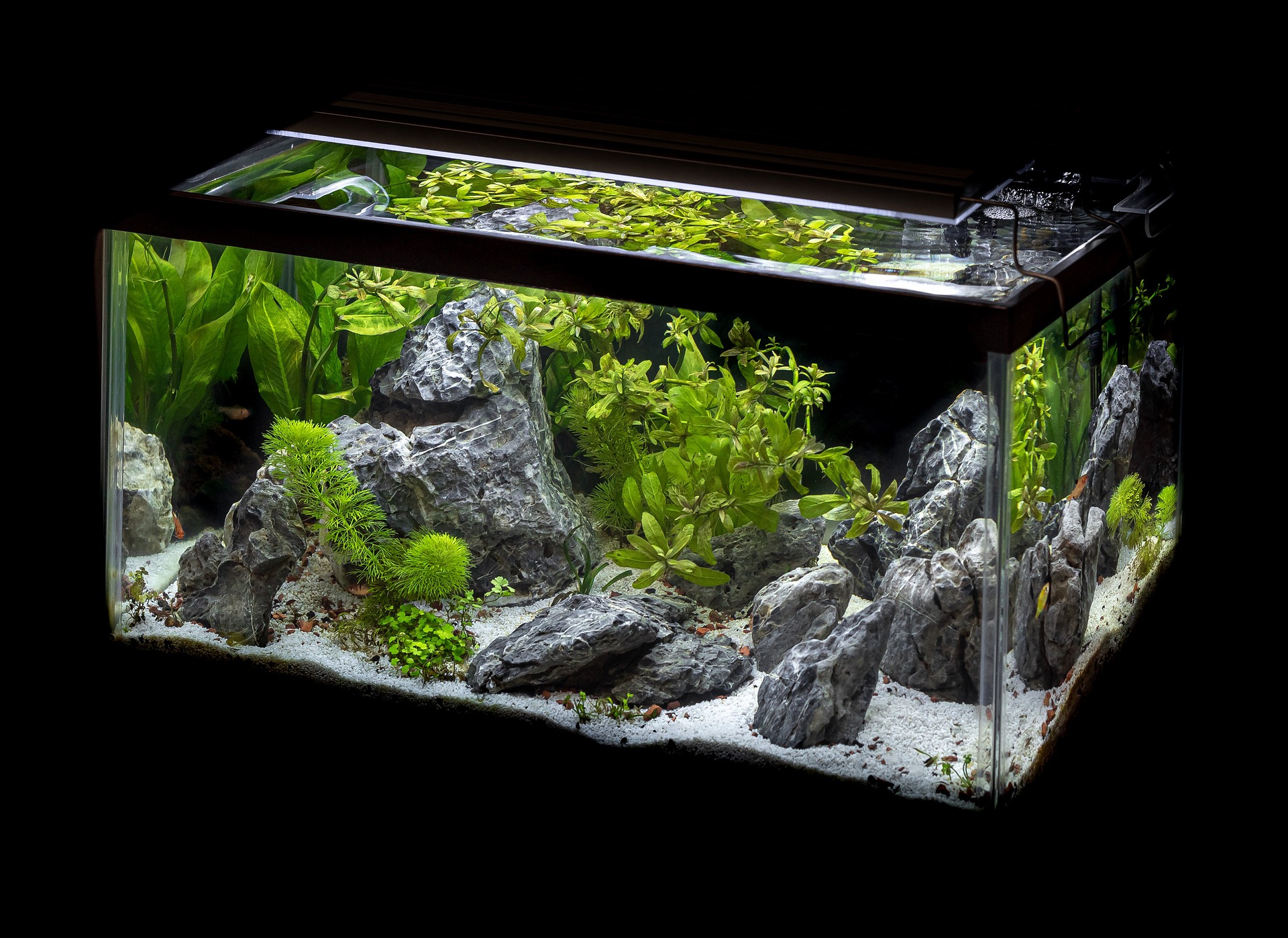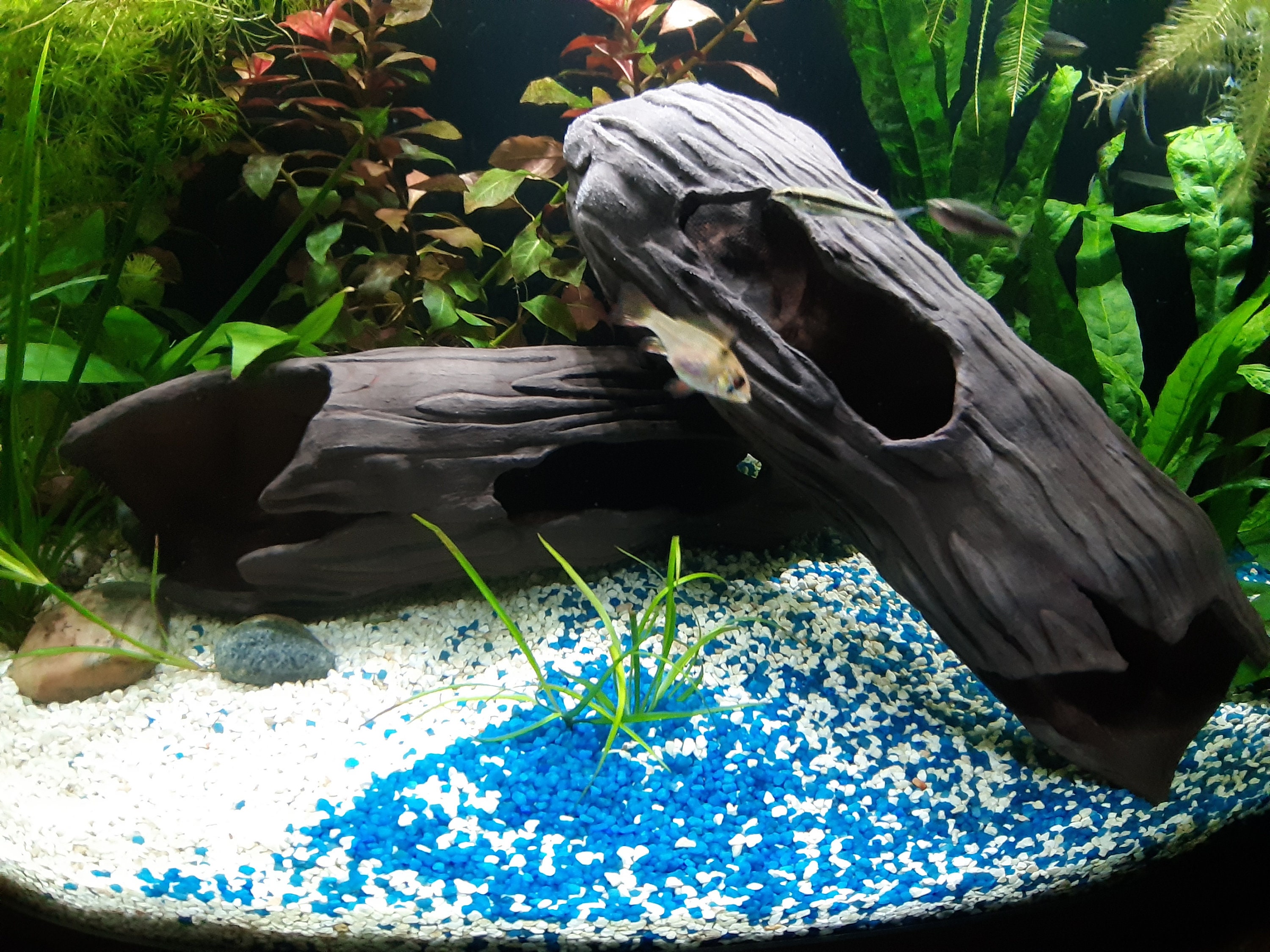Welcome, fellow aquarium enthusiasts! If you’re like me, you want to create a beautiful and healthy environment for your aquatic friends. One of the best ways to achieve this is through natural aquarium decorations. In this comprehensive guide, I’ll share everything you need to know about incorporating natural elements into your aquarium, along with tips from my personal experience as an aquarist.
What Are Natural Aquarium Decorations?
Natural aquarium decorations are items sourced from nature, such as rocks, driftwood, plants, and substrates that enhance the aesthetic appeal of your aquarium while providing a more natural habitat for your fish. Unlike artificial decorations, these elements can improve water quality, offer hiding spots, and contribute to the well-being of your aquatic life.
Benefits of Using Natural Decorations in Your Aquarium
- Improved Water Quality: Natural materials can help maintain the pH and hardness levels of the water.
- Natural Habitat: Fish feel more secure with hiding spots and territories.
- Aesthetic Appeal: Natural decorations create a visually stunning environment.
- Biological Benefits: They promote beneficial bacteria growth, aiding in the nitrogen cycle.
Types of Natural Aquarium Decorations
1. Driftwood
Driftwood is a popular choice for natural aquarium decorations. It provides hiding places for fish and can be used to create beautiful layouts.
Benefits of Driftwood
- Creates hiding spots for shy fish.
- Releases tannins that can soften the water, beneficial for certain species.

Considerations When Using Driftwood
- Make sure to properly cure the wood to prevent floating debris.
- Choose driftwood that is specifically labeled for aquarium use to avoid harmful toxins.
2. Rocks and Stone
Rocks can serve multiple purposes, from creating caves to serving as anchors for aquatic plants.
Popular Types of Aquatic Rocks
| Type | Pros | Cons |
|---|---|---|
| Slate | Stable, easy to stack | Can leach substances if not aquarium-safe |
| Granite | pH neutral | Heavier and harder to move |
| Lava Rock | Porous, helps with biological filtration | Can break easily when dropped |

3. Live Plants
Live plants not only enhance the beauty of your aquarium but also provide oxygen and act as a natural filter.
Best Live Plants for Aquariums
- Anubias: Hardy and low maintenance.
- Java Fern: Great for beginners, can attach to rocks and wood.
- Duckweed: Floats on the surface, offers shade, and absorbs excess nutrients.
Tips for Plant Care
- Use nutrient-rich substrate to promote growth.
- Provide adequate lighting based on plant needs.
- Regularly trim plants to prevent overgrowth.

How to Choose the Right Natural Decorations
Choosing the right decorations for your aquarium can be overwhelming, especially with so many options available. Here are some tips that I found helpful from my experience:
1. Consider Your Fish Species
Different fish species have unique needs. For instance, bettas love plants and hiding spots, while goldfish need open areas to swim. Research your fish’s natural habitat to replicate it.

2. Evaluate Tank Size
Ensure your decorations fit harmoniously in your tank without overcrowding. A well-decorated tank allows for swimming space and hiding spots.
3. Think About Aesthetics
Choose decorations that complement each other and fit your personal style. Remember, creating a visually pleasing aquarium is just as important as the functionality of the decorations.

Setting Up Your Natural Aquarium Decorations
Once you’ve chosen your natural decorations, it’s time to set them up in your aquarium. Here’s my step-by-step process:
1. Clean Your Decorations
Before placing any natural decorations in your aquarium, ensure they are clean. Rinse them thoroughly with water (avoid soaps or chemicals) to remove any dirt or residue.

2. Arrange Your Layout
Consider experimenting with different arrangements outside of the tank before committing to a layout. This allows you to visualize how everything fits together.
3. Secure Decorations
If using driftwood that tends to float, try securing it with rocks or boiling it before placing it in the tank to keep it submerged.

Maintenance of Natural Decorations
Maintaining natural decorations is crucial for the health of your aquarium. Here are some of my personal tips:
1. Regular Cleaning
Perform routine inspections of your decorations. Remove any algae or debris that might accumulate over time. A soft brush can help without damaging plants or wood.
2. Monitor Water Quality
Natural decorations can impact your water chemistry. Regularly test the pH, ammonia, and nitrate levels to ensure a healthy environment.
3. Replace Decaying Plants
Plants may die off or decay; promptly remove them to prevent water quality issues. Replace them with healthy specimens to keep your tank thriving.
Pros and Cons of Natural Aquarium Decorations
Pros
- Enhances the natural look of your aquarium.
- Supports the well-being of fish by providing hiding spots.
- Contributes to a stable ecosystem through natural filtration.
Cons
- May require more maintenance than artificial options.
- Potential for tannins to stain water, needing frequent water changes.
- Natural materials can introduce pests or pathogens if not properly treated.
Comparison of Natural vs. Artificial Decorations
| Criteria | Natural Decorations | Artificial Decorations |
|---|---|---|
| Appearance | Realistic, blends into the environment | Variety of designs, but can look fake |
| Maintenance | Requires regular upkeep | Low maintenance, easy to clean |
| Impact on Water Quality | Can improve water conditions | Generally neutral, doesn’t alter chemistry |
| Cost | Can be more expensive, but varies | Usually cheaper, mass-produced |
Frequently Asked Questions (FAQs)
1. Can I use regular wood from my backyard as driftwood?
No, using untreated wood can introduce harmful bacteria or toxins. Always use pre-treated aquarium-safe driftwood.
2. How do I cure driftwood before adding it to my tank?
Boil the driftwood for 1-2 hours to remove excess tannins and kill any pathogens. Let it cool completely before placing it in the tank.
3. Will natural decorations affect my fish’s health?
When properly cleaned and maintained, natural decorations can enhance your fish’s health by providing shelter and stabilizing the environment.
4. How often should I replace live plants in my aquarium?
As a rule of thumb, check your plants weekly. Replace any that show signs of decay or are no longer thriving.
5. What types of fish benefit from natural decorations?
Many fish species, especially those that thrive in densely planted environments, like guppies, tetras, and bettas, benefit from natural decorations.
Conclusion
Natural aquarium decorations are a wonderful way to enhance the beauty and health of your aquatic environment. They offer aesthetic appeal while creating a more natural habitat for your fish. Remember, to maintain a beautiful and thriving aquarium, regular care and attention to your decorations are essential.
By following the tips and insights shared in this guide, you’ll be well on your way to creating a stunning aquatic habitat that both you and your fish can enjoy!
Happy aquascaping!